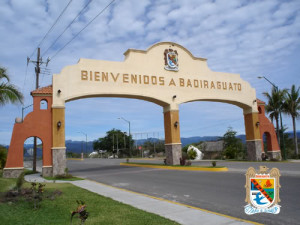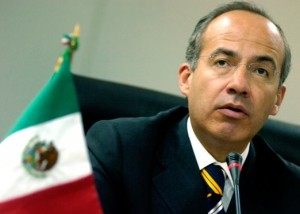The Mexicans dominate the drug trade. To eliminate it would shrink Mexico’s economy by more than half, according to Global Envision, the website for humanitarian agency Mercy Corps.
But it always wasn’t that way. The Mexicans have operated drug cartels since the 1990s, when the United States began to restrict marijuana. But it was the Colombians who reaped the profit as they cornered the valuable cocaine market. The drug is produced from the coca leaf grown in the Colombian jungles. The Colombians then shipped it from the ports into the Caribbean to the U.S. All that began to change when the U.S. government began to crack down on the overseas route, forcing cartels to smuggle drugs up through Mexico and Latin America. It was more difficult to spot drugs coming across the border than flying over the islands. Thus, the Mexicans gained more power in their negotiations with the Colombians.
They gradually began climbing the value chain, or taking over jobs from their partners. They cut out the middlemen who moved drugs from South America to the U.S. They also seized Colombian cocaine labs and transferred the materials to their own labs in Honduras and Guatemala. Thus, while marijuana helped the Mexican cartels gain a foothold in the drug trade, it was cocaine and its growing demand in the U.S. that boosted them to the top of the food chain.
In 2006, Mexico’s president Felipe Calderon made his intentions clear to wage a war on the drug trade. He deployed over 3,000 troops to destroy crops and gather information about the cartels. But his efforts had unintended consequences as they actually increased drug-related violence. The cartels could have been trying to intimidate the government, which their continued kidnappings and theft at Pemex, a state-sponsored oil company, seem to suggest. The government crackdowns on drugs also increased their scarcity power, which led to more brutal competition among the cartels for access to the product.
The War on Drugs is now acknowledged as a failure, and Mexico’s new President Peña-Nieto is trying to attract foreign investment to expand legitimate business in the country. In December, he signed a controversial law that allows foreign companies to drill oil in the hopes that it will help Mexico boost its output. Oil is Mexico’s biggest legal export, but is of course second overall to marijuana and cocaine.
Mexico and the U.S. are still figuring out ways to break the corrupted backbone of Mexico’s economy. While two U.S. states have passed laws legalizing recreational marijuana, Peña-Nieto opposes this as a solution. According to the Brookings Institute, a think tank dedicated to public policy, authorities should target the middle management of the drug cartels rather than the kingpins and the foot soldiers. The middle layer is harder to replace and does not foster as much violence for leadership roles. But while the two governments negotiate solutions, the demand for marijuana and cocaine remains steady, and entire towns carry out their day-to-day activities under the watchful eye and funds of the drug lords.

